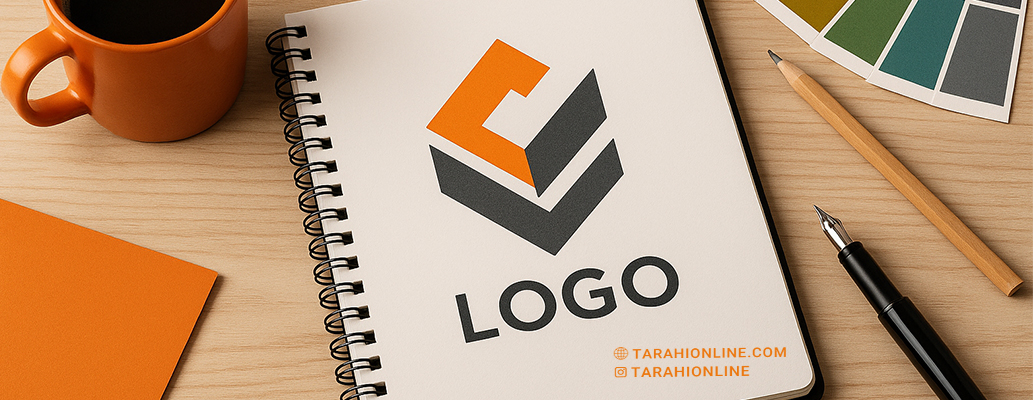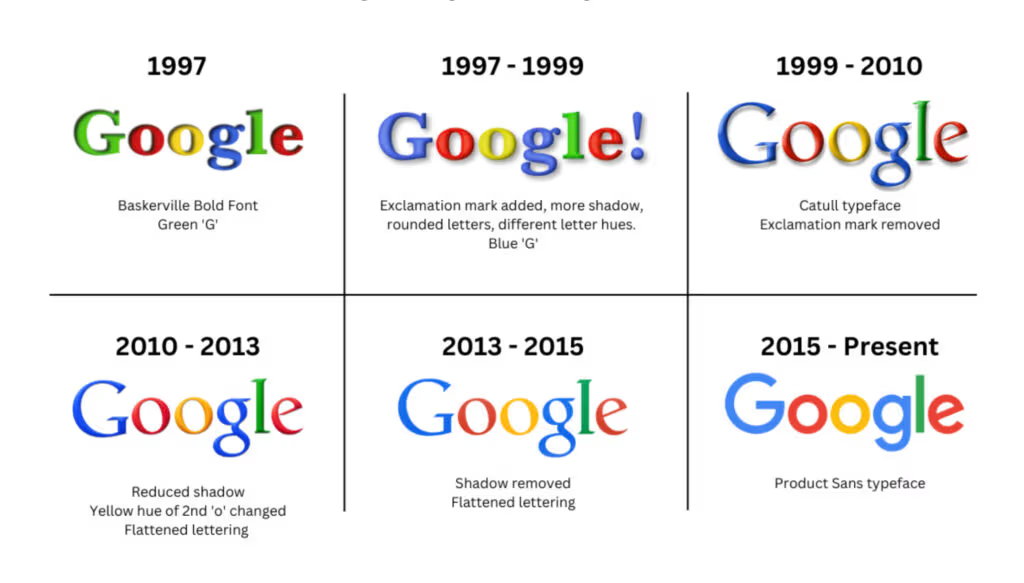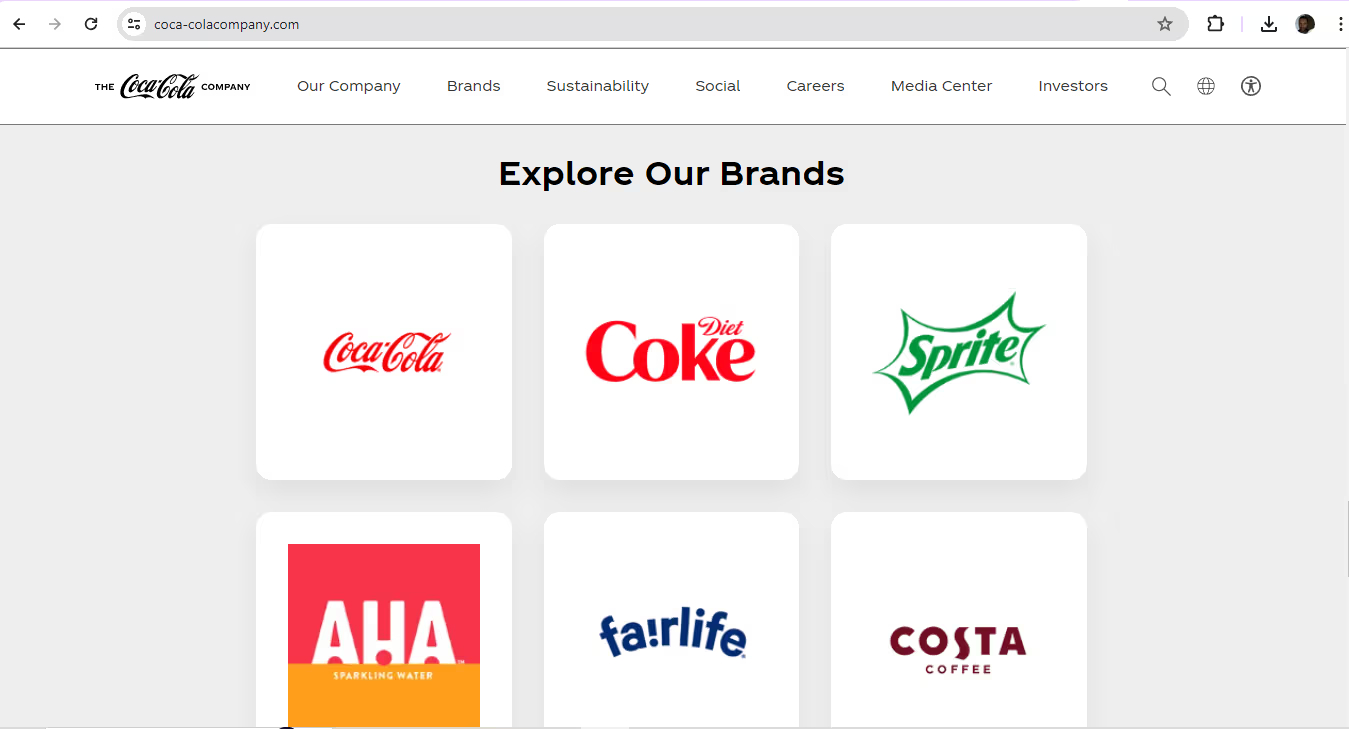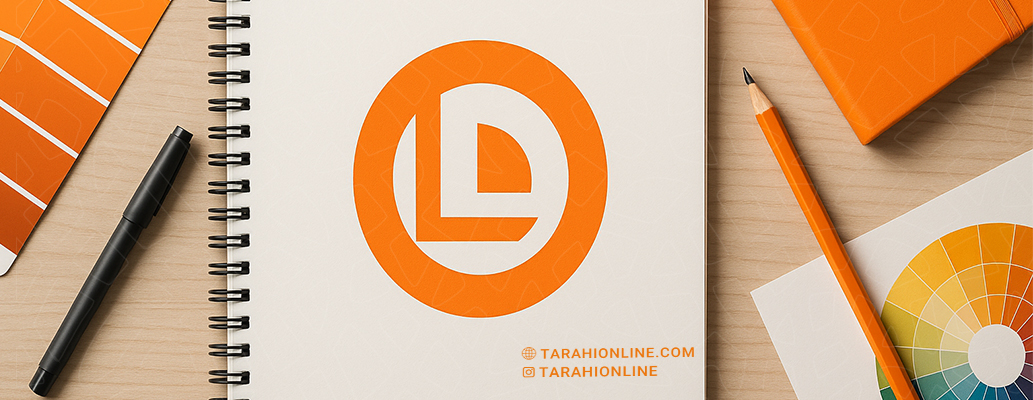
A logo is the cornerstone of a brand’s visual identity, instantly conveying its story, values, and personality in a single glance. In today’s fiercely competitive market, a powerful and memorable logo can be a game-changer for any business. This article explores the principles, process, types of logos, color psychology, modern trends, and practical tips to help you create a standout logo that defines your brand.
What Is a Logo?
A logo is a graphic symbol that represents a brand, company, or organization. It can be an image, text, or a combination of both, designed to be instantly recognizable and memorable. A great logo doesn’t just look good—it captures the essence of a brand in a simple, impactful way. For instance, Apple’s minimalist logo screams innovation and quality.
Why Logo Design Matters
A logo is often the first touchpoint between a brand and its audience, making it a critical element of brand perception. Here’s why logo design is essential:
-
Brand Identity: A logo gives your brand a distinct personality, setting it apart from competitors.
-
First Impressions: A professional logo builds trust and credibility right from the start.
-
Memorability: Simple, bold logos stick in people’s minds, like Nike’s iconic swoosh.
-
Emotional Connection: A well-designed logo can evoke emotions, such as trust, excitement, or creativity.
-
Versatility Across Media: A strong logo works seamlessly across digital, print, and other platforms.
-
Business Credibility: A polished logo signals a brand’s commitment to quality and professionalism.
Core Principles of Logo Design
To create a logo that resonates, keep these key principles in mind:
-
Simplicity: Simple logos are easily recognizable and versatile, working well in all sizes—from tiny favicons to massive billboards. Think of Apple or Nike’s logos.
-
Versatility: A logo should look great in color, black-and-white, and across various backgrounds and media.
-
Timelessness: Avoid trendy designs to ensure your logo stays relevant for years, like Coca-Cola’s enduring script.
-
Uniqueness: Your logo must stand out from competitors. Copying others risks damaging your brand’s reputation.
-
Audience Alignment: Design with your target audience in mind, ensuring the logo reflects the brand’s values and resonates with its customers.
The Logo Design Process
Crafting a winning logo requires a structured approach. Here are the key steps:
1. Research and Brand Discovery
-
Understand the Brand: Dive deep into the brand’s mission, values, and goals. Ask questions like, “What message does the brand want to convey?” or “What emotions should it evoke?”
-
Analyze Audience and Competitors: Study the target audience, competitors, and market trends. For example, a logo for a youth-oriented brand should feel dynamic and modern.
-
Identify Keywords: Pinpoint keywords that capture the brand’s essence (e.g., modern, creative, trustworthy) to guide the design process.
2. Brainstorming and Sketching
-
Ideation: Jot down initial ideas and sketch rough concepts on paper. Even simple doodles can spark creativity.
-
Inspiration: Draw inspiration from various logo styles, such as wordmarks, icons, or combination marks, and study successful examples.
3. Choosing Colors and Fonts
-
Color Psychology: Colors evoke specific emotions. For example:
-
Red: Energy, passion, and excitement (e.g., Coca-Cola).
-
Blue: Trust, professionalism, and calm (e.g., IBM).
-
Green: Nature, growth, and sustainability (e.g., Starbucks).
-
Choose colors that align with the brand’s identity and audience.
-
-
Fonts: Select fonts that match the brand’s personality. Clean, sans-serif fonts work for professional brands, while playful or handwritten fonts suit creative ones.
4. Digital Design
-
Use tools like Adobe Illustrator, CorelDRAW, or online platforms like Canva to bring sketches to life.
-
Create multiple logo variations (color, monochrome, horizontal, vertical) to ensure flexibility across use cases.
5. Feedback and Refinement
-
Share drafts with clients, team members, or focus groups to gather feedback.
-
Make necessary tweaks to perfect the logo, such as adjusting colors, fonts, or spacing.
6. Delivery and Presentation
-
Provide the logo in various formats (PNG, SVG, EPS) for use across different platforms.
-
Create a Style Guide outlining proper logo usage, including colors, spacing, sizing, and restrictions.
Types of Logos
Logos come in various styles, each with unique strengths:
-
Wordmark: Focuses on the brand’s name with a distinctive font, like Google or Coca-Cola.
-
Symbol/Icon: A standalone graphic, like Apple’s apple or Twitter’s bird.
-
Combination Mark: Blends text and an icon, like Adidas or Burger King.
-
Lettermark: Uses the brand’s initials, like IBM or HBO.
-
Emblem: Combines text and symbol in a unified design, like Starbucks or Harley-Davidson.
Color Psychology in Logo Design
Colors play a pivotal role in a logo’s impact. Here’s a breakdown of common colors and their meanings:
-
Red: Conveys energy, passion, and urgency. Ideal for attention-grabbing brands.
-
Blue: Represents trust, reliability, and professionalism. Common in tech and finance.
-
Green: Associated with nature, health, and sustainability. Popular with eco-friendly brands.
-
Yellow: Evokes joy, creativity, and optimism. Great for youthful, vibrant brands.
-
Black: Signals luxury, power, and sophistication. Used by high-end brands like Chanel.
-
White: Suggests simplicity, purity, and minimalism, often paired with other colors.
Modern Trends in Logo Design
Logo design is evolving with technology and changing tastes. Here are some trends shaping logos in 2025:
-
Minimalism: Clean, uncluttered designs remain a favorite for their versatility.
-
Responsive Logos: Logos that adapt seamlessly to different platforms, from mobile screens to print.
-
Gradients: Color gradients add a modern, dynamic feel to logos.
-
Animated Logos: Short animations enhance logos for digital platforms, like social media or websites.
-
AI-Driven Design: Tools like MidJourney or DALL·E are helping designers generate creative concepts faster.

Practical Tips for a Standout Logo
-
Avoid Clutter: Keep it clean and focused for maximum impact.
-
Ensure Scalability: The logo should look sharp in all sizes, from tiny icons to large signage.
-
Choose Colors Strategically: Leverage color psychology to evoke the right emotions.
-
Stay Original: Avoid copying to maintain authenticity and avoid legal issues.
-
Test Extensively: Mock up the logo on various mediums (e.g., websites, business cards, packaging) to ensure it works.
-
Update Thoughtfully: If a logo feels dated, consider a rebrand that preserves core elements while refreshing the look.
Case Studies: Iconic Logos
To illustrate what works, let’s look at a few legendary logos:
-
Nike: The simple swoosh symbolizes movement and energy, proving less is more.
-
Apple: The bitten apple is minimalist and modern, embodying innovation.
-
FedEx: A hidden arrow between the “E” and “X” cleverly conveys speed and precision.
Logo design is more than art—it’s a strategic process that demands a deep understanding of the brand, its audience, and the market. A great logo serves as the heart of a brand’s visual identity, forging a lasting connection with its audience. By embracing simplicity, versatility, authenticity, and modern trends, you can craft a logo that not only looks stunning but also tells your brand’s story in a powerful way.
The Tarahi Online graphic and logo design team, with over ten years of experience in professional graphic and logo design, is ready to assist you and bring your ideas to life. Contact us to submit your request or place an order.


